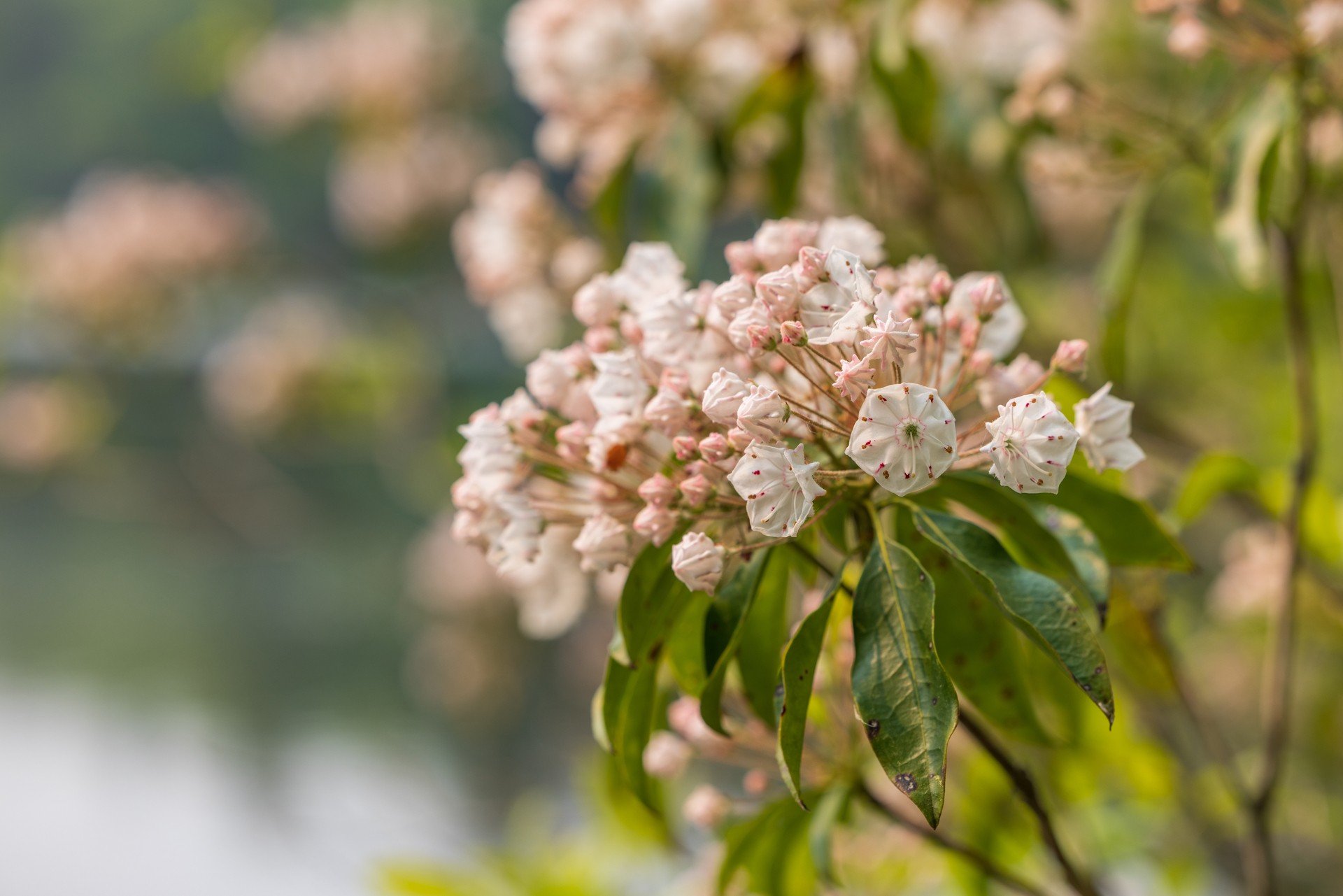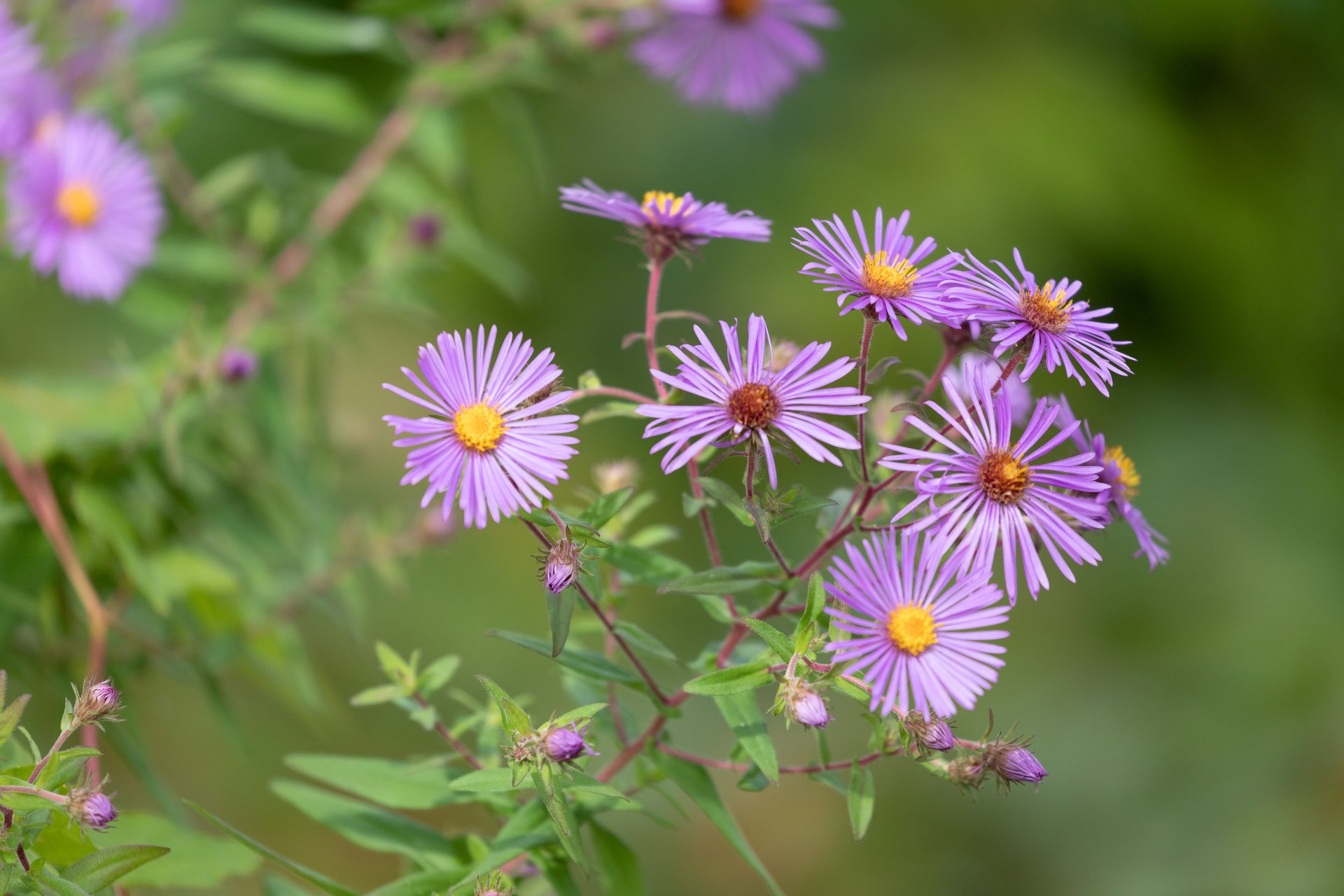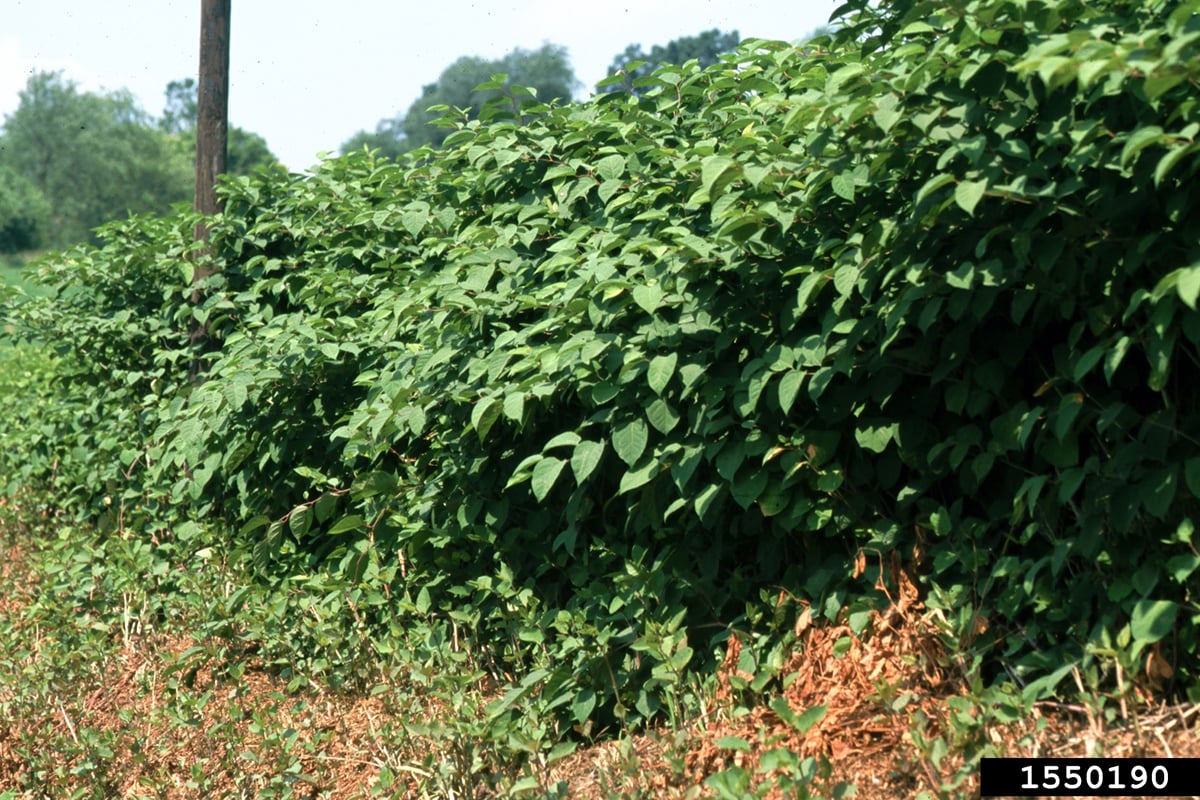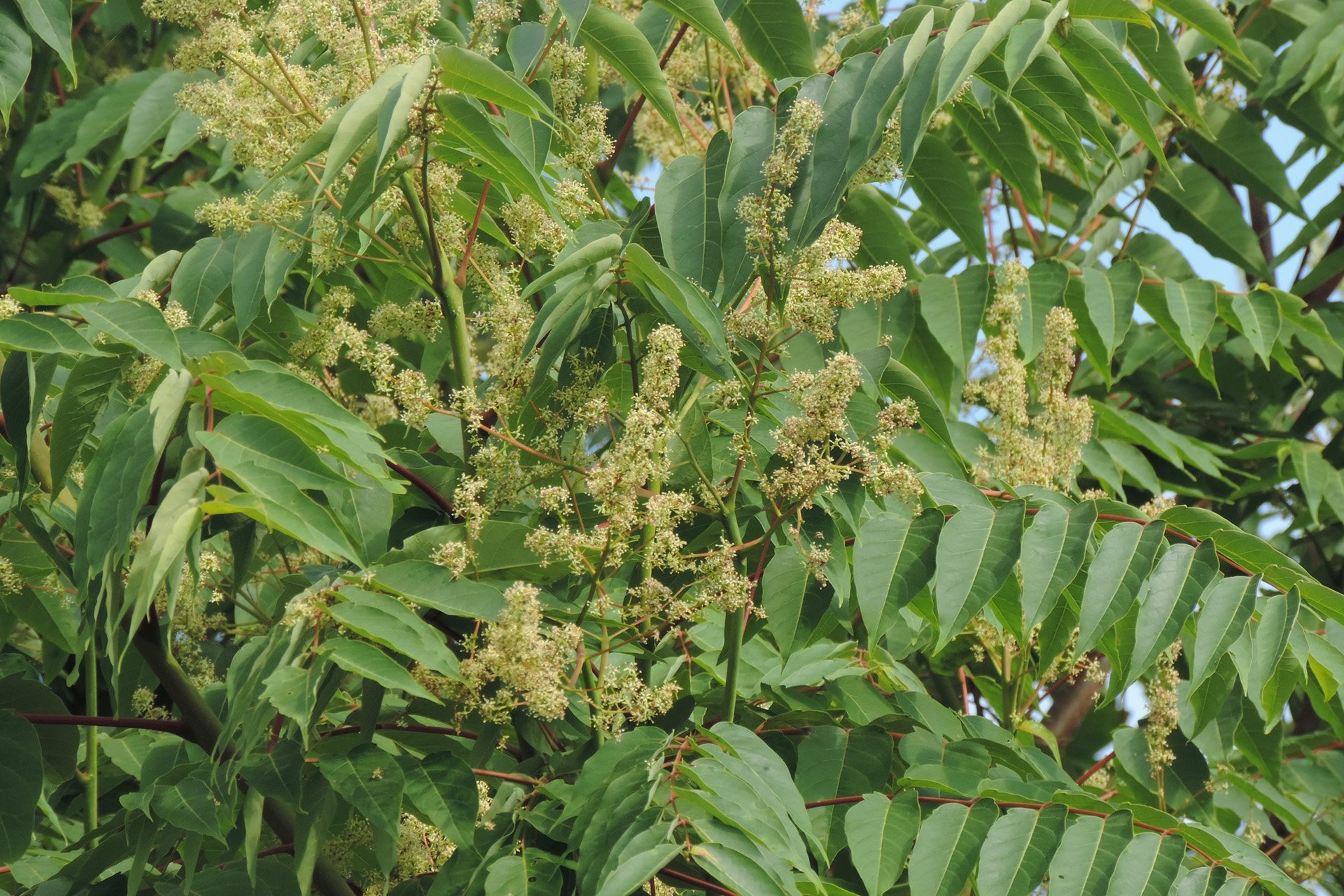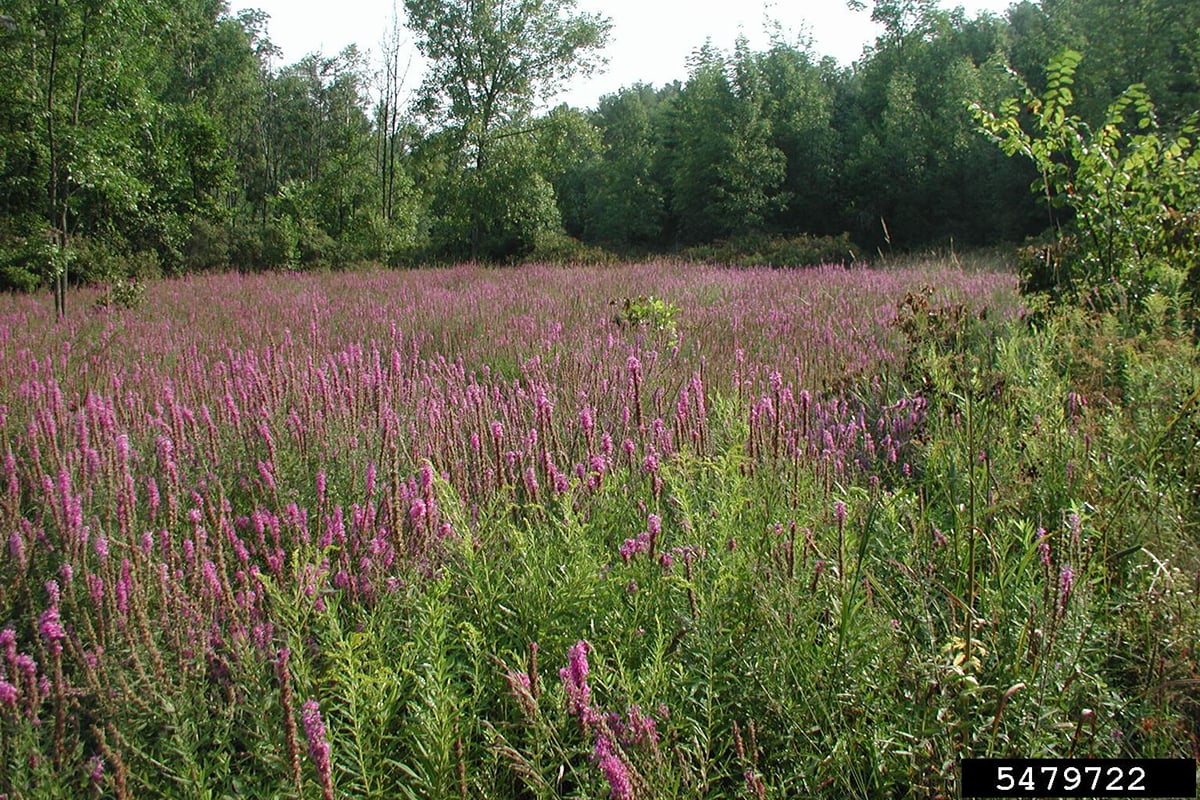Plants in Massachusetts
Crawling vines, sprawling shrubs, blooming wildflowers, towering trees, and more—the plants of Massachusetts bring our landscapes to life. From salt marshes grasses to green mountain ridgelines, each environment shares its story through plants. Take a closer look and you’ll discover a dynamic patchwork of species, each playing a role in supporting the healthy ecosystems we know and love.
What's the Difference Between Native, Invasive, and Introduced Plants?
Through the conservation lens, one way we can categorize plants is based on how they interact with their habitat. Native plants have coevolved with the other life in their habitat, non-native plants have been introduced by humans to a new habitat, and invasive plants are introduced species that spread aggressively and harm local ecosystems.
Native Plants
Native plants have evolved over thousands of years alongside local wildlife and other plants, forming intricate and mutually beneficial relationships. These plants provide food, shelter, and breeding habitat to insects, birds, mammals, and more.
For example, New England Aster, a native plant, has evolved alongside local pollinators, making it a reliable late-season nectar source for species like migrating monarchs and native bees. Because it's part of this region’s long standing plant community, it supports the life cycles of local insects that in turn feed birds and other wildlife—helping to sustain the web of life even as the growing season winds down.
Explore our list of native and beneficial Massachusetts plants
Invasive Plants
Invasive plants come from other regions—introduced intentionally (like for ornamental use) or by accident—and spread aggressively in local ecosystems. Without the natural checks and balances, they outcompete native species, reduce habitat quality, and disrupt food webs.
Take Japanese Knotweed: introduced from Asia in the late 1800s as an ornamental plant, it now dominates streambanks and disturbed soils. Its thick stems create dense stands that block light, reduce water access for wildlife, and displace native wildflowers.
Explore our list of invasive plants in Massachusetts
Introduced (Non-native) Plants
Not all non-native plants cause harm. Some coexist without significantly disrupting local ecosystems. For example, Lilac, originally from Europe, grows in gardens and hedgerows but does not aggressively spread into wild habitats.
Still, it's important to evaluate the ecological role of any introduced species before planting.
How Plants Shape Massachusetts Habitats
Plants form the foundation of every ecosystem in Massachusetts. From forest canopies to flowering meadows, they anchor soil, filter water, store carbon, and provide essential food and shelter for wildlife.
Mass Audubon prioritizes protecting and restoring native plant communities because thriving habitats depend on them. Our resilient land management work focuses on removing invasive species, supporting native biodiversity, and creating resilient landscapes where plants—and the life they sustain—can flourish for generations to come.
Plant Life in Winter

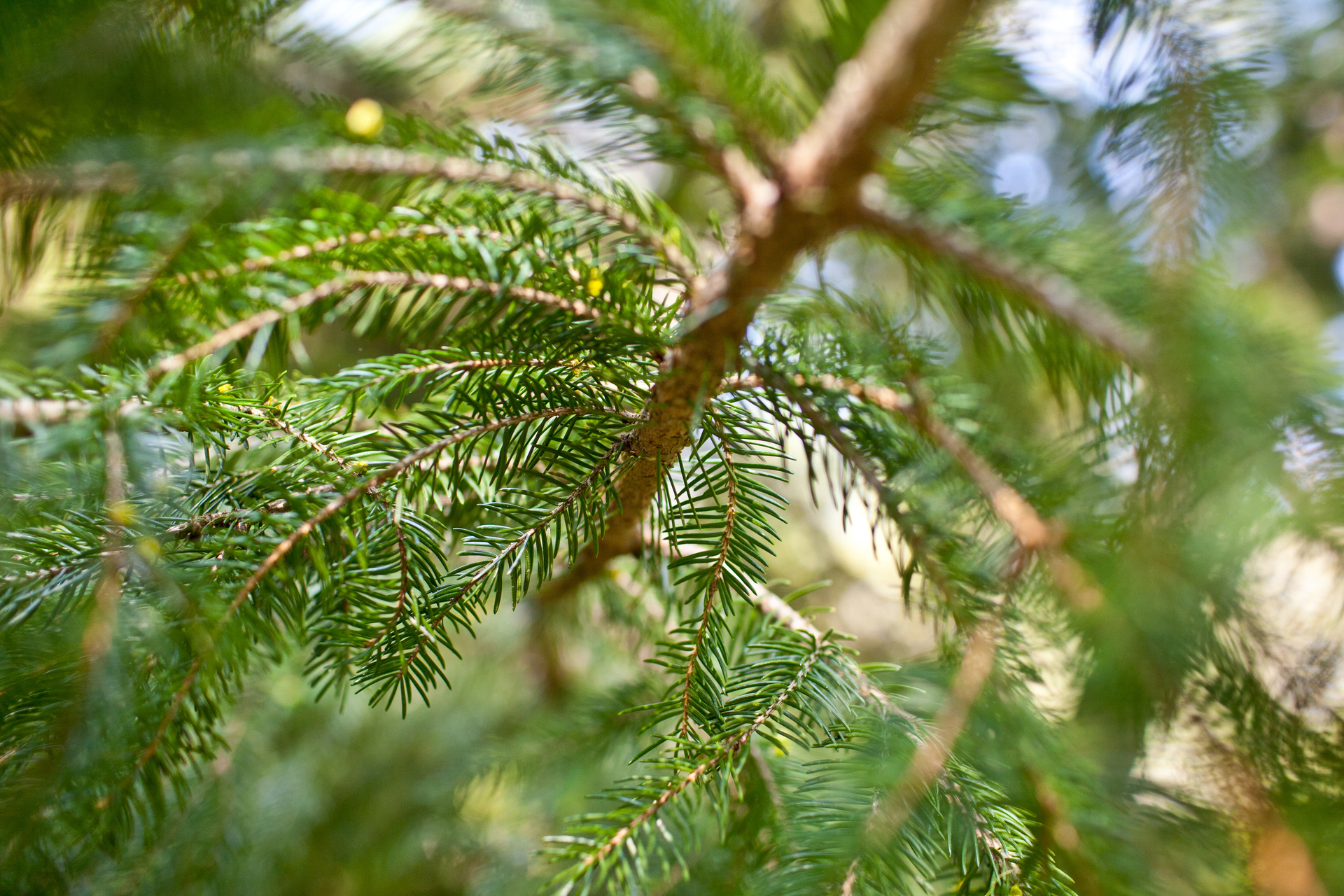
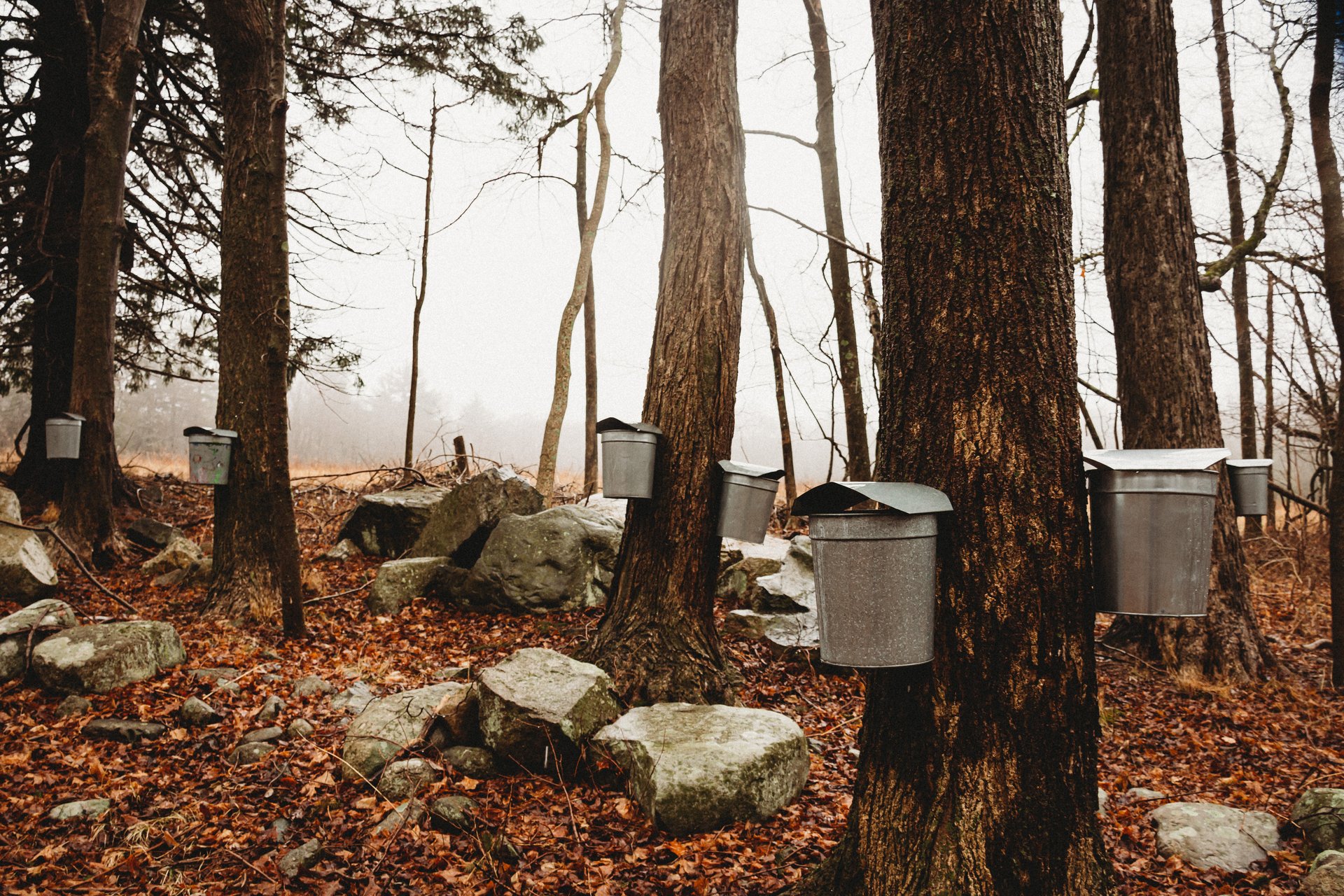
5 Ways You Can Support Plants in Massachusetts
1. Grow Native Plants
Encourage biodiversity by planting species native to Massachusetts, which provide essential food and habitat for insects, birds, and other wildlife.
Get our list of native & beneficial plant species
2. Remove Invasive Species
Learn to identify and remove invasive plants that threaten native ecosystems and avoid buying or planting them.
Get our list of invasive plants in Massachusetts
3. Practice Sustainable Gardening
Get your hands dirty with our hub of ecologically responsible landscaping tips, visit a local demonstration garden, take a sustainable gardening class, and more.
Find gardening and landscaping resources
4. Join a Habitat Restoration Project
Volunteer to help remove invasives, plant natives, or monitor habitat health at a Mass Audubon wildlife sanctuary.
5. Become a Mass Audubon Member
Your membership helps fund land conservation, habitat protection, and environmental education across the state.
Upcoming Programs About Plants
Afterschool Art Class
-
Museum of American Bird Art Education Center, Canton
-
Wednesday, January 7
4:00-5:00pm
Age 7 - 9
Afterschool Art Class
-
Museum of American Bird Art Education Center, Canton
-
Wednesday, January 14
4:00-5:00pm
Age 7 - 9
Afterschool Art Class
-
Museum of American Bird Art Education Center, Canton
-
Wednesday, January 21
4:00-5:00pm
Age 7 - 9
Nature and Wellness: Winter Series
-
Boston Nature Center and Wildlife Sanctuary, Mattapan
-
3 classes starting
Thursday, January 22
10:30am-12:00pm
Adults
Tidmarsh Revealed: The Tidmarsh Restoration Story
-
Plymouth Public Library, Manomet Branch, Plymouth
-
Thursday, January 22
5:30-6:30pm
Adults
Winter Tree ID
-
Magazine Beach Park Nature Center, Cambridge
-
Saturday, January 24
2:00-3:30pm
Adults
Stay Connected
Don't miss a beat on all the ways you can get outdoors, celebrate nature, and get involved.



